Ryan Hall's Blog, page 212
October 6, 2016
How, and Why, to Hit Negative Splits in Your Next Race

Jared Ward, who represented the U.S. at the Rio Olympics and finished 6th in the marathon, is known for his effective pacing strategy. Photo: Photorun.net
Despite the technical-sounding name, the concept behind “negative splits” is simple: Run the second half of a race faster than the first half. The vast majority of world records and other noteworthy performances at distances of 1,500 meters and up are set when runners achieve negative splits, or get very close to it.
For example, U.S. Olympic marathoner Jared Ward has built a reputation for executing precisely paced races. He’s so devoted to this concept that he wrote his Master’s thesis in the field of statistics on optimal pacing strategies for the marathon distance. That methodical approach paid off at the Rio Olympics when Ward earned a surprising 6th place finish, owing in part to an extremely strong final 10K where he passed many runners who had faded.
RELATED: Jared Ward’s Steady Approach to the Olympic Marathon
For ordinary runners, there are a number of challenges that make negative splitting a daunting challenge. For one thing, elite and sub-elite runners tend to race frequently, so they are highly tuned into what their maximum sustainable pace might be based on recent results. They also get to experiment with pacing during workouts under a coach’s watchful eye. Most of us don’t race as often, or have the benefit of working with a professional coach, so hitting just the right pace on race day can be more of a guessing game.
The tech company Strava recently announced the Back Half Challenge which includes the opportunity for runners who post a negative-split marathon on a USATF certified course to score a free pair of New Balance shoes. But a look at Strava’s data profiles reveals how difficult it is to achieve—only 3.6 percent of Strava athletes who ran the New York City Marathon and 6.3 percent of those who ran the Boston Marathon last year completed the second half of a race quicker than the first half.
RELATED: You’re Going To Want In On This Strava-New Balance Collaboration
If negative splits are so hard to pull off, is the strategy better suited to pros than regular athletes? Top coaches like Colorado’s Jay Johnson, coach to three national champions, advises that negative splits are ideal for both elite and recreational runners.
Based on Johnson’s advice, writer and head coach at Strength Running Jason Fitzgerald created these racing and training tips for attaining negative splits:
Training tip #1: Negative split easy runs
Easy runs should be negative splits all the time, anyway. Start slow to help you transition to running and allow your body to warm up properly. After a few miles, you can settle into your “normal” pace.
If you’re a more advanced runner or are just feeling great, then you can run the last 1-2 miles of easy runs at a moderate effort. This will surely guarantee a negative split run, helping your body and mind remember what it’s like to finish a run faster than when you started.
Training tip #2: Negative split workouts
The absolute best way to practice negative splits is to run them during a structured workout. They work best in single-speed workouts where you run the same speed for the entirety of the repetitions (i.e., all of the intervals are at 5K pace).
This strategy forces you to run harder when you’re fatigued—exactly what’s needed during a race to finish with negative splits. Just be sure not to turn the workout into a race and still run within your means.
Racing tip #1: Predict an accurate finish time
A negative split is virtually impossible if you don’t have an accurate finish time prediction. After all, if you think you can run faster than you’re able to and start too fast, you’ll fizzle out rather than speeding up.
For example, if you’d like to negative split a 10K and you’re confident you can run 50:00, then run the first 5K in about 25:10-25:30. That should be comfortable enough that you can turn on the afterburners in the last 2 miles to finish in 50 flat.
Racing tip #2: Be confident
Negative splits can be challenging—there’s no way around it. But when top coaches recommend them and world records are set using this race pacing strategy, then you know it’s the real deal.
MORE: Why Negative Splits are Ideal on Race Day
The post How, and Why, to Hit Negative Splits in Your Next Race appeared first on Competitor.com.
Video: Chasing Jim Walmsley on his Record Grand Canyon Run
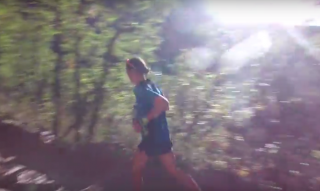
Here’s what it’s like to run in the Grand Canyon. Well, here’s what it looks like running a small segment of the Grand Canyon from the point of view of some speedy ultrarunners. While supporting a friend on a thru-run of the Arizona Trail on Oct. 4, Jamil Coury just happened to be near the North Rim of Grand Canyon when Jim Walmsley was on his record-setting Rim to Rim to Rim run. Coury, an ultrarunner and trail race director based in Phoenix, was able to catch Walmsley at the North Rim and run behind him for 2.5 miles down the North Kaibab Trail while shooting this inspiring video.
RELATED: Jim Walmsley Crushes the Grand Canyon Rim to Rim to Rim Record
The post Video: Chasing Jim Walmsley on his Record Grand Canyon Run appeared first on Competitor.com.
How Long Should Your Longest Run Be for Marathon Training?

There are a lot of ways to vary your long run routine during marathon training. Photo: Shutterstock
How long do your longest training runs need to be to successfully get fit for a marathon? That’s a good question.
When 33-year-old nurse practitioner Caroline Bauer toes the line at the Chicago Marathon on Oct. 9, it will be after logging nine runs of at least 20 miles during the latter stages of her 16 week training plan. That’s six more than the standard three 20-milers many marathoners put in, but then again, Bauer isn’t your standard marathoner. She’s hoping to break the 2:50 mark, her PR from last spring’s Grandma’s Marathon in Duluth, Minn.
Bauer is something of an outlier, yet emblematic of the fact that marathoners come in all sizes, shapes and abilities, with a wide range of goals. What works for a beginner won’t work for someone as experienced and fleet-footed as Bauer. For years, most marathon programs geared toward recreational runners suggested two to four 20-mile runs were necessary, but now many coaches are backing away from that. The $60,000 question, though, is how do you figure out the right long-run formula for your particular needs?
“The mistake I see most often is that people put in too much mileage,” says Dennis Barker, the former head coach of Team USA Minnesota who has guided numerous runners to U.S. Olympic Trials Marathon qualifying times. “Then they end up in a downswing on race day, rather than an upswing.”
RELATED: Are You Overemphasizing the Long Run?
Philadelphia-based coach Kristy Campbell of Run the Long Road Coaching, sees this phenomenon, too. “I’ll sometimes get those clients who want to add on miles three weeks out from race day, mostly for the mental boost,” she says. “If everything has gone well and they are feeling good, I’ll probably let them.”
Both coaches, however, have the philosophy that quality work in the form of goal paced miles should trump mileage for mileage sake. “For more experienced runners with big time goals, I like to see faster runs in the 16- to 18-mile range, rather than more 20s,” says Barker.
Campbell, a Boston qualifier, has made these changes to her own training over time. “I used to do five or six 20s but now I don’t do more than four,” she says. “Instead I focus on goal pace runs around 16 miles or so.”
This seems to be a trend among coaches. Popular programs like the Hanson’s Method and McMillan Running, while very different, both incorporate some faster-paced long runs. McMillan alternates fast-finish runs in the two-hour range with easy long runs that max out 30 minutes longer than a runner’s goal marathon time. Hanson’s, on the other hand, keeps long runs to 16 miles max, emphasizing quality miles with each one.
RELATED: Is the 20-Mile Long Run Right for Your?
Many coaches like to consider time on feet when determining long run distances, as well. Jason Fitzgerald, a 2:39 marathoner and owner of Strength Running, keeps this front and center when he writes marathon programs for clients. “I’m a big believer that if running 18 miles is going to require you to be on your feet for three-and-a-half hours, then it’s not doing you any good,” he says. “At that point, the injury risk is outweighing the benefit.”
Fitzgerald says that for runners at the slower end of the spectrum, there are plenty of ways to structure long runs to make it through 26.2. “I don’t have newer, slower runners do more than a couple of 20s,” he says. “Instead, we get creative with picking up the pace a bit in some of the mid-range runs.”
RELATED: Workout Of The Week: Squires Long Run
Putting in the Work
Before moving any of his clients into specific marathon work, Barker likes to see them establish a good base. “I look at marathon training in two phases,” he says. “The first is general conditioning and base building so that when they go into the marathon phase, it won’t wear them down.”
Fitzgerald agrees with this approach. “I like to see runners go into marathon training with long runs that are already pretty high, like 15 or 16 miles,” he says.
With base established, runners and coaches can then drill down into more specifics with their training. Campbell considers a whole host of factors when determining how many and how far long runs should be. “I like to know how quickly someone recovers from long runs,” she says. “For instance, can they still do speed work the following week or are they feeling flat?”
RELATED: 3 Must-Do Marathon Workouts
Injury history is another factor she weighs. “If I’ve got an advanced marathoner who has a high number of past injuries, I’m not going to throw them a bunch of 20s because I know it will put them at risk,” Campbell says.
This is one of the lucky cards Bauer seems to have drawn, and likely one of several reasons she can handle the high number of 20s in her build up. “I naturally have good running economy, falling right into a 180 cadence,” she says. “But I do many things to balance out my high mileage.”
These include core and strength work sessions three times a week, and making sure rest is a priority. Her training plan, while rigorous, also incorporates cutback weeks. “I use Pfitzinger’s Advanced Marathon plan which means I do three, four- to five-week meso-cycles,” she explains. “The first three to four weeks of each cycle is high mileage, around 75 to 80 miles per week, and then the final week is much lower.”
Bauer’s running history also plays into the picture. She did her first marathon in 2010, already an experienced runner with a goal of breaking 3:30. Six years later, she’s able to push her body hard. “I’m definitely tired and hungry,” she laughs. “But when my two-year old goes down for a nap, so do I.”
RELATED: Ditch the Long, Slow Run
The post How Long Should Your Longest Run Be for Marathon Training? appeared first on Competitor.com.
Which Fall Marathon Rules: Chicago or New York?

Illustration: Michelle Schrantz
Chicago Marathon (Oct. 9)A few years ago, I was in one of the starting corrals of the New York City Marathon with 40,000 other runners when Mary Wittenberg, then-president of the New York Road Runners, said “Welcome to the Running Capital of the World!”
What?!? I literally spit out the water I had just sipped. Says who?
Much, much respect to Wittenberg, who helped build the spectacle of the race and grow running, but there’s no such thing as the “running capital of the world.” Secondly, only a New Yorker—or maybe Frank Sinatra or perhaps the marathon’s late founder Fred Lebow—would try to make such a claim. And, thirdly, no one outside of New York cares about how great everyone says New York is anyway.
New York is a great city and the New York City Marathon is definitely one I’d recommend every runner do at least once—if they can get in. For my money, I’d much prefer to run the Chicago Marathon. It might not get the same “must-do” or bucket-list hype as New York or have the history and prestige of Boston, but it’s got everything any marathoner would ever want—no matter if you’re a first-timer, a speedster or somewhere in between.
The Chicago Marathon is run on a pancake-flat route that tours many of the city’s great neighborhoods and landmarks. It’s a fast course that has helped set a few world records. If your goal is to run a fast time or try to set a new PR, Chicago’s no-excuses profile is built for speed. The loop layout of the course allows it to be a bit more spectator-friendly for friends and family cheering you on at the start, the middle and the finish.
PHOTOS: 2015 Chicago Marathon
The Midwest, and that includes sometimes-too-staid City of Big Shoulders, often gets ripped for being too heartland, folksy and boring, caught between much more glamorous and trendy places. (And yes, I grew up there and moved away.) But there’s something pure and authentic that comes from running a race mostly devoid of hills, hyperbole and haughtiness.
If you want to run your best marathon and enjoy a world-class city—plus the best pizza in the world—Chicago is second to none.—Brian Metzler
RELATED: 5 Reasons Why the Chicago Marathon Rocks
New York City Marathon (Nov. 6)
New York City vs. Chicago! Really? Is there even such a thing? New York City is the best city in the world. Perhaps I’m a bit biased, but ask me and I’ll tell you it’s a fact. It’s home to three of my favorite things: pizza, a game at Yankee Stadium and the TCS New York City Marathon.
Our marathon is the biggest block party anyone will ever attend in their life. It’s a tour of the diversity New York City offers. On the other side of each bridge is a whole different world. The city, as my students would say, “is lit” across all five boroughs, from Staten Island, Brooklyn, Queens and Manhattan to the Bronx. People are along the course cheering and blaring music as runners from all over the world take over NYC.
RELATED: 45 Reasons Why We Love the New York City Marathon
The New York City Marathon course is tough, you have to dig deep and challenge yourself to get through, but when you cross the finish line it makes it all that much better.
The first time I ventured out of my comfort zone to run a marathon in a different city was for the Chicago Marathon. The rumor was, it was flat and the pizza was to die for … Well, I disagree with both. It was not flat at all. The course has hidden inclines with no downhills. The saying “what goes up must come down” somehow doesn’t apply to the Chicago Marathon.
As for the pizza, I’ve given Chicago “pizza” two chances and both times I craved a slice of New York City pizza after. Chicago pizza has too much damn sauce, cheese and thickness. I mean, it’s pizza, not a casserole. The fact that I had to use a fork and a knife to eat Chicago pizza drove me crazy. A hot damn mess if you ask me.
Chicago is a great city and I love it there. But I’m a New Yorker until the day I die!—Jessica Lebron
PHOTOS: Experience the Energy of the New York City Marathon
The post Which Fall Marathon Rules: Chicago or New York? appeared first on Competitor.com.
October 5, 2016
8 Productive Strategies for the Week After Your Big Race

Photo: Shutterstock.com
After weeks of diligent training, the big race has finally come and gone. Hopefully you knocked it out of the park, set a new PR and achieved your goals. Most likely, you encountered some ups and downs with your training, gave it a good effort but came up a bit short of a perfect outing. That’s running—it doesn’t always go exactly to plan.
The question now is: What to do with yourself? The pre-race routine of scheduling workouts, carefully monitoring your diet and looking forward to racing no longer dominate your thoughts. For at least another few days, and perhaps even several weeks, it’s time to focus on recharging your batteries. Here are some suggestions for non-running activities that will provide a much-needed mental break and help restore your physical condition before you begin training again in earnest.
Start Your Recovery ASAP
After a big race of any distance—especially longer events like half or full marathons and ultras—your recovery should begin almost as soon as you cross the finish line. It takes a concerted effort to bounce back, so take action to restore your damaged muscles and restock your energy supplies.
RELATED: The 3 Stages of Proper Marathon Recovery
Don’t Beat Yourself Up
Once in a blue moon a race goes just as planned. Most times, there are things you wish you’d done differently, either on the race course or in your preparations. It’s good to analyze your run and decide what to do better, but try to keep your emphasis on the positive takeaways.
RELATED: Moving on After a Race Goes Wrong
Decide How Much Recovery is Needed
All athletes—whether they are young or old, beginners or veterans—need to build recovery time into their schedules if they want to keep improving and avoid overtraining. For masters-aged runners in particular, the amount of time needed to bounce back lengthens. Read the guide below from one of America’s top age-group runners for insights on how long of a break to take (the chart on page 3 of the guide is especially useful).
RELATED: Fast After 40: Master Your Recovery
Strike a Pose
Yoga is a great restorative activity for runners. Many of us also skimp on stretching in the final weeks before a big race, so now’s a good time to get back in the groove. Many yoga studios offer classes designed just for runners, or you can build your own routine by watching the excellent yoga videos and tutorials we’ve assembled at Competitor.com.
Power Up With Protein
The final week before a long-distance event typically means carbs, carbs and more carbs. That’s a smart approach for ensuring you don’t bonk, but now the nutritional emphasis shifts to restoring damaged muscle tissues. That doesn’t mean you should stop eating carbs completely (depleted muscles need them to recover), or that you need to eat a steak at every meal, but it’s important to ensure you get enough protein in the post-race phase.
RELATED: Protein Spikes Improve Fitness
There’s the Rub
If you’ve been considering a post-race splurge, there’s no better bang for your buck than a professional massage. Massage is one of the quickest ways to promote recovery because it helps release toxins from muscles and flush out fatigued muscles. Plus, it feels really, really good.
RELATED: 4 Ways Massage Therapy Benefits Runners
Plan Your Comeback
This is also a great period to start mulling over your next race, and maybe even get signed up months in advance for an event that might be a sellout. However, if you feel reluctant about committing to anything, be mindful of the possibility that it’s still too soon. There’s always another race. So be sure to wait until the fire is burning brightly again rather than just signing up for an event.
RELATED: Returning to Training After a Big Race
The post 8 Productive Strategies for the Week After Your Big Race appeared first on Competitor.com.
Marathon Meb: 4 Ways to Turn a Bad Race Into a Positive Experience
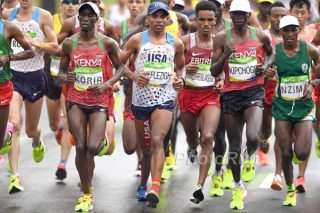
At the 2016 Rio Olympics Meb had to stop several times due to stomach issues and finished in 33rd place in 2:16:46. "When I kept having to stop, I changed my goal—finish the race no matter what, even if I was the last one in," he says. Photo: Photorun.net
In his own words, four-time U.S. Olympian and 2014 Boston Marathon winner Meb Keflezighi gives real advice—based on his experience—on how to remain positive during your worst races.
We all have races where things don’t go as hoped. When I have a bad race, I don’t obsess about it, and I don’t ignore it. Instead, I try to benefit from it. After all, we often learn more from our setbacks than our successes. Here are four ways to turn what might have been a bad race into a good outcome.
Be Flexible With Your Goals
One reason many runners are disappointed with their races is that they have only one goal for the race, such as setting a personal best. When they don’t achieve that goal, they think they’ve had a bad race. Often those negative thoughts will become overwhelming during the race, once it’s obvious they won’t finish like they’d hoped to.
A better approach is to start every race with a series of goals. Start with the absolute best outcome you can reasonably hope for. That’s your “A” goal. After that, have a “B” goal, shy of that ultimate but still great, a “C” goal, and on down to all the outcomes that will still be an accomplishment for you on that day. That flexibility in your goals will help you to stay motivated and keep pushing during the race.
For example, my race in the 2016 Olympic Marathon didn’t go as I’d hoped it would. Before the race, I thought I had an outside shot at another medal to go with the silver I won in 2004. I was confident that on a good day I could finish in the top 10. But I didn’t have a good day. After running with the leaders for the first half, I got sick to my stomach, and stopped seven times during the second half of the race. I finished 33rd in 2:16:46, more than six minutes outside the medals.
When the stomach troubles started, I realized I probably wasn’t going to medal. I adjusted my mindset and focused on finishing in the top 10. But I had to stop a couple more times. So I told myself a top-20 finish would be great in these circumstances. When I kept having to stop, I changed my goal—finish the race no matter what, even if I was the last one in. I thought about representing Team USA as best as I could in my final Olympics and about seeing my family at the finish. That gave me the mental strength to keep going.
Even on your worst days, unless you have a specific running injury, find a way to get to the finish line. And then always celebrate finishing what you started.
RELATED: Marathon Meb: Inspired by You
Reflect on What You Accomplished
After a sub-par race, analyze your performance. Wait a couple of days for the emotions of the moment to pass. Then review your race to see if you made any mistakes, such as starting too fast, or if there are parts of it that you should be proud of, even if your result wasn’t what you wanted.
In the 2012 Olympic Marathon, I lost contact with the leaders early in the race. At one point I had fallen back to 21st place. I thought about dropping out. But, thanks to being flexible with my goals, I kept finding ways to competing. By the finish I’d fought my way up to fourth place. When I later thought about the race, I realized I still had the desire and talent to compete with the best runners in the world. This attitude opened the door to the biggest win of my career, the 2014 Boston Marathon.
RELATED: Marathon Meb: Why We Run
Analyze Necessary Training Changes
Sometimes races don’t go the way you want simply because your training hasn’t been good. And let’s be honest—it’s rare to enter a race thinking that your training has been perfect. Do the best you can on race day given your training, and then think about how to improve your training so that your next big race goes better.
I had these thoughts after winning the 2012 Olympic Marathon Trials. The race was only two and a half months after the 2011 New York City Marathon, where I set a then-personal best but wound up getting an infected foot afterward. By the time I could run again, I had only 40 days to train for the Trials. That I was able to win the Trials told me that if I could do longer tempo runs and more long runs, I could win a major marathon, which I did two years later at Boston.
You might conclude you need to do things to allow better training. I finished third at the 2005 New York City Marathon after being able to train for only eight weeks, because of a thigh muscle injury. That performance motivated me to rededicate myself to first and foremost staying healthy, so that my body could hold up to the training I wanted to do.
Start Thinking About Your Next Race
The end of one race is the beginning of another. The training you did for that race and the lessons you learned from it are building blocks for a better future.
At the 2013 New York City Marathon, I had a calf problem and finished 23rd in 2:23:47, the slowest marathon of my life. I knew I had more good races in me. I immediately turned my attention to the 2014 Boston Marathon. It turned out to be the greatest race of my life.
RELATED: Marathon Meb: 6 Tips for Traveling Runners
The post Marathon Meb: 4 Ways to Turn a Bad Race Into a Positive Experience appeared first on Competitor.com.
Shoe Of The Week: Brooks Mazama
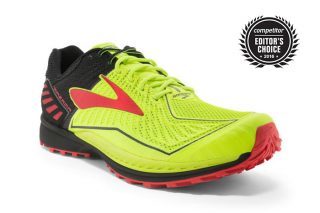
For years, Brooks offered a couple of trail shoes aimed at training and longer adventure-oriented runs on all types of terrain, but it didn’t have a true speed merchant intended for fast racing. That all changes with the Mazama, which is part trail shoe, part bad-ass rally car. It’s a stable-riding shoe that serves up amazing proprioceptive “feel” for the trail while still having enough foam and protection (including a forefoot plate) against roots, rocks and other obstacles. An interior booty keeps the foot locked down and the tongue in place, while the exterior mesh is durable enough to handle the trails. It’s light, agile and energetic, yet it’s willing to be a true mountain mauler in short doses. It doesn’t have heaps of cushioning, but it has enough. The sticky rubber bi-directional outsole offers great traction and allows this shoe to be versatile enough to tackle just about any kind of terrain from roads to gnarly technical rocky routes. Overall, it was the hands-down favorite of our wear-testers.
This is the shoe for you if … you’re looking for a fast, smooth-riding shoe for all types of terrain
Price: $140
Weights: 9.2 oz. (men’s), 7.7 oz. (women’s)
Heel-Toe Offset: 6mm; 23mm (heel), 17mm (forefoot)
Info: Brooksrunning.com
RELATED: Shoe of The Week—Hoka One One Speed Instinct
The post Shoe Of The Week: Brooks Mazama appeared first on Competitor.com.
October 4, 2016
Photos: 2016 Spartan Race World Championships in Lake Tahoe
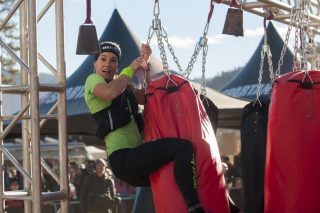
At the 2016 Spartan Race World Championship on Oct. 2 in North Lake Tahoe, Calif., 2013 world champion Hobie Call of Utah and 2015 world champion Zuzana Kocumova of the Czech Republic reclaimed their titles. Set on the same hallowed ground as the 1960 Winter Olympics at Squaw Valley ski resort, the Reebok Spartan Race World Championship brought together 10,000 athletes from across the globe to scale some of the most challenging mountain terrain while competing for more than $100,000 in cash and prizes.
Call, 39, covered the 12-mile, 30-obstacle Spartan Beast championship course in 2:25:32, just ahead of 2016 Spartan U.S. Championship Series winner Ryan Atkins of Canada (2:25:59). Kocumova, 37, won the women’s race in 2:46:55, while 2016 Spartan U.S. Championship Series winner Lindsay Webster of Canada took second (2:58:24) by narrowly edging out fellow Canadian Faye Stenning. The weekend also included a Spartan Sprint (3+ miles/ 20+ obstacles) and a Spartan Ultra Beast (26+ miles/ 60+ obstacles) as well as Spartan Kids races too. NBC will televise the Reebok Spartan Race World Championship on Dec 25 at 5p.m. ET. Check out the scenes from the championship weekend below.
RELATED: Football Legend Randy Moss Completes Spartan Race Trifecta
Photos: Courtesy of Spartan Race
Photo Gallery
1 of {count}
Back to Start
View Larger Image
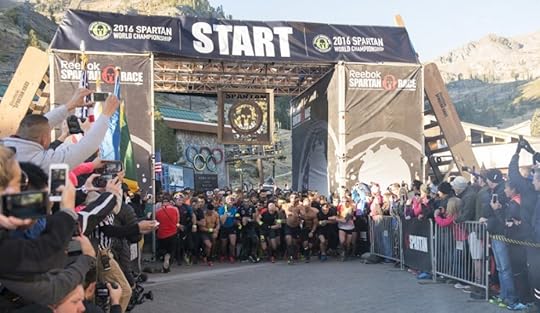
View Larger Image
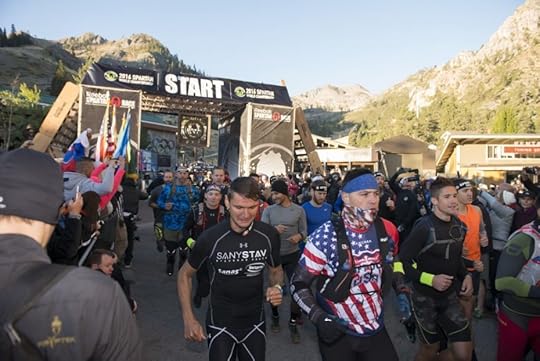
View Larger Image
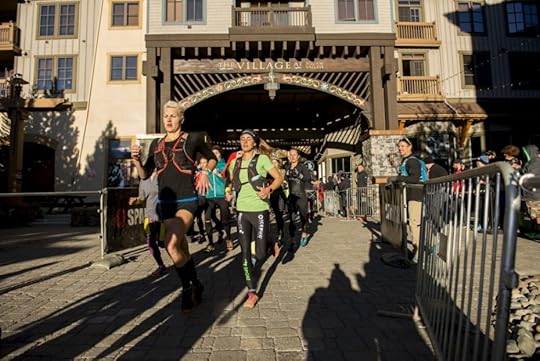
View Larger Image
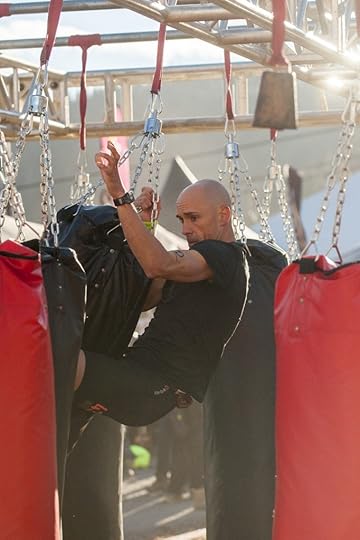
View Larger Image
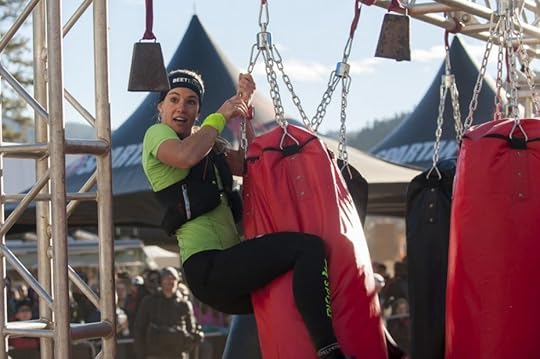
View Larger Image

View Larger Image
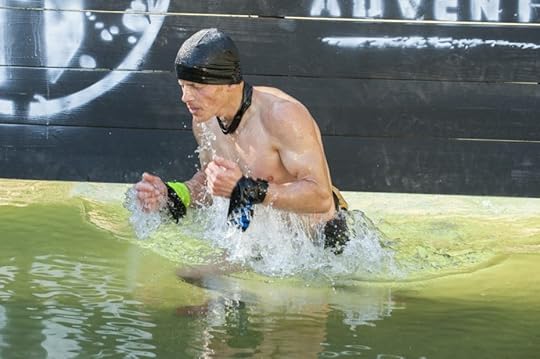
View Larger Image
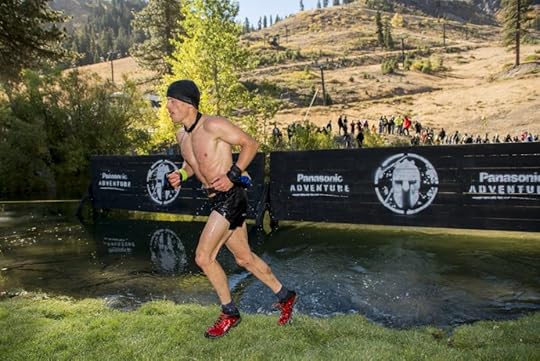
View Larger Image
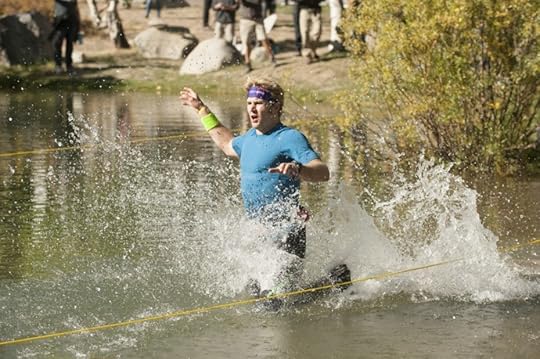
View Larger Image
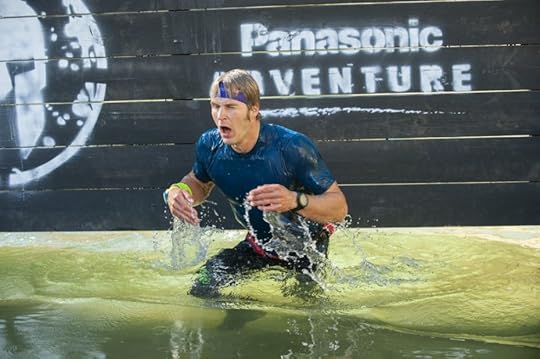
View Larger Image
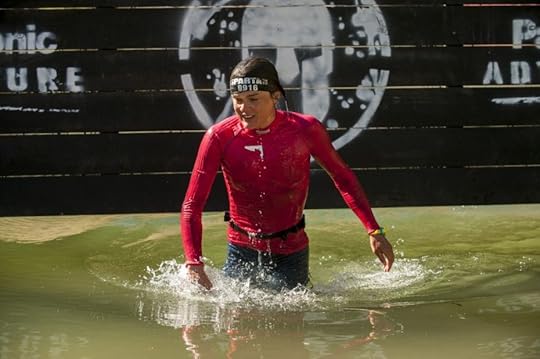
View Larger Image
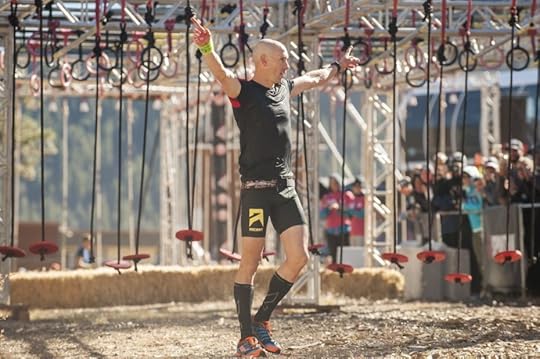
View Larger Image

View Larger Image
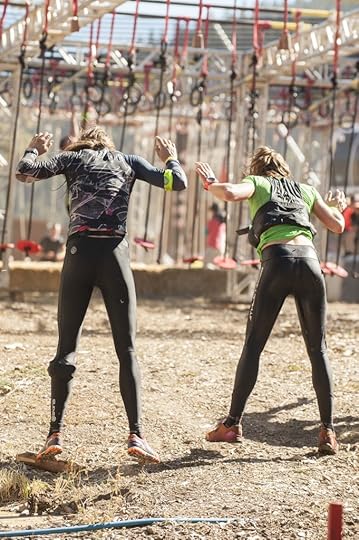
View Larger Image
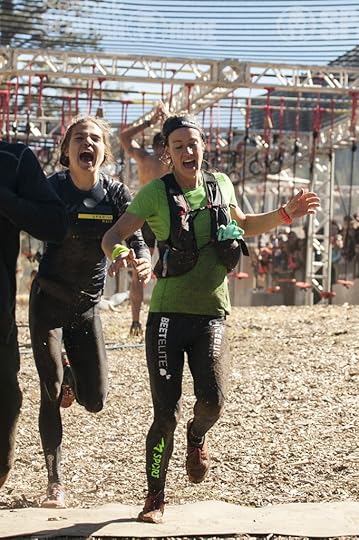
View Larger Image
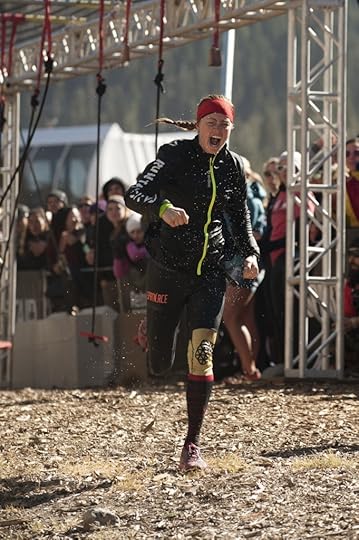
View Larger Image
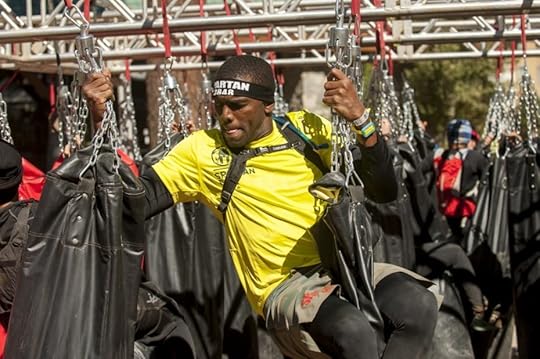
View Larger Image
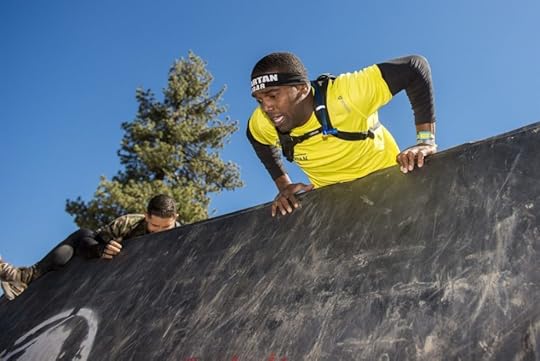
View Larger Image
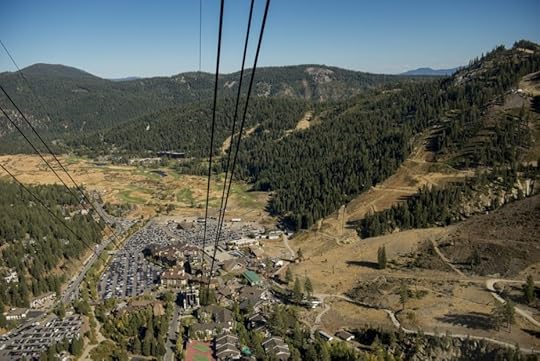
View Larger Image
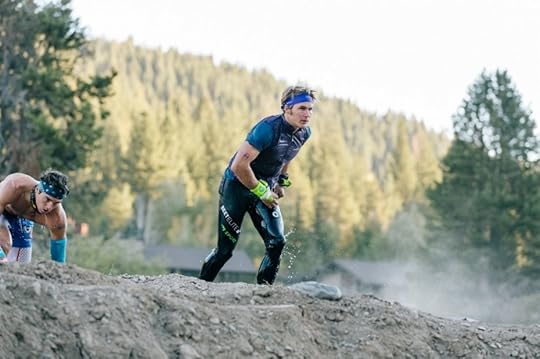
View Larger Image
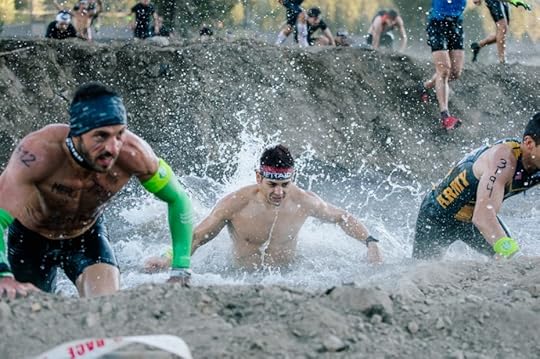
View Larger Image
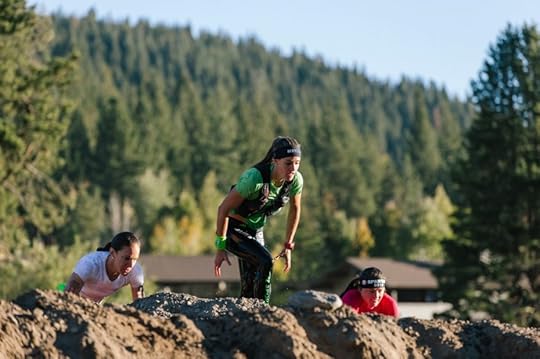
View Larger Image
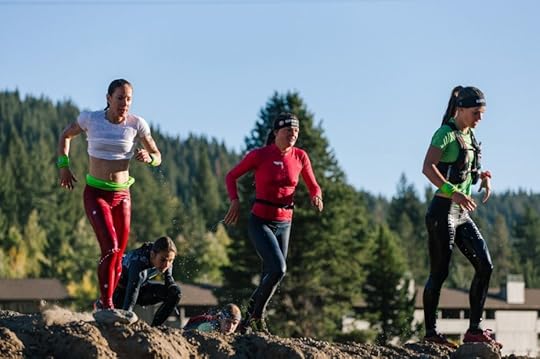
View Larger Image
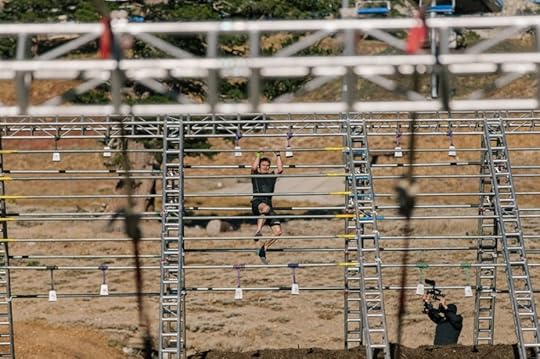
View Larger Image
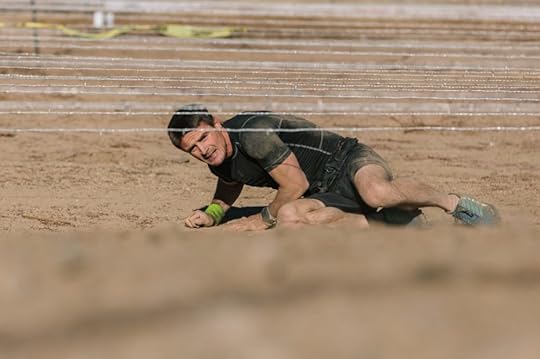
View Larger Image
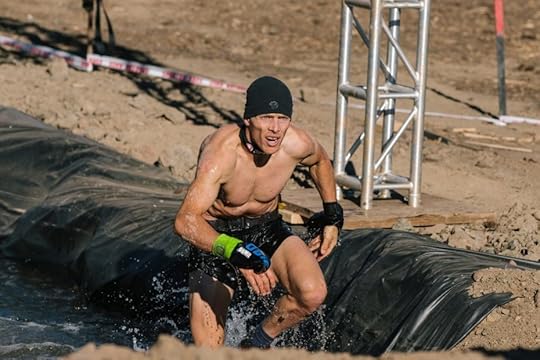
View Larger Image
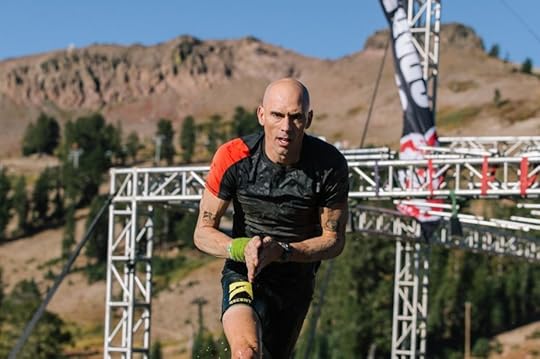
View Larger Image

View Larger Image
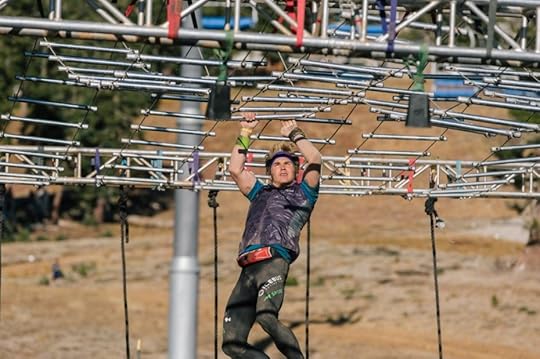
View Larger Image
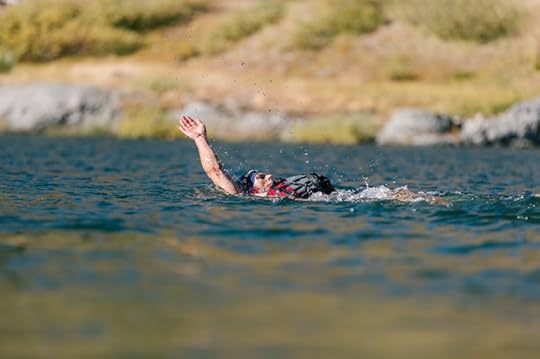
View Larger Image
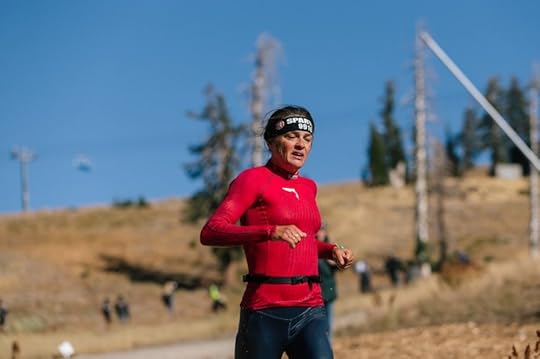
View Larger Image
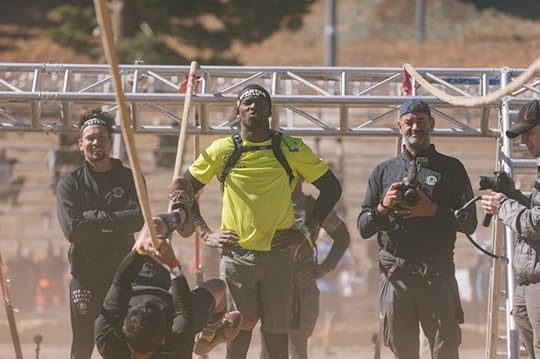
View Larger Image
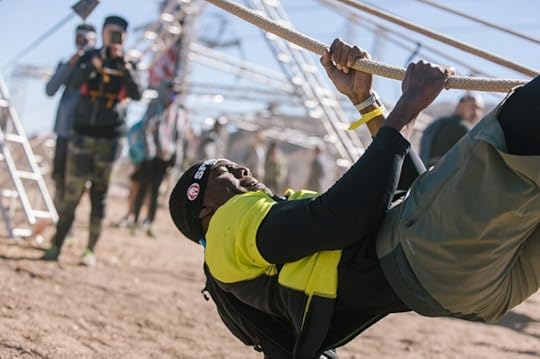
View Larger Image
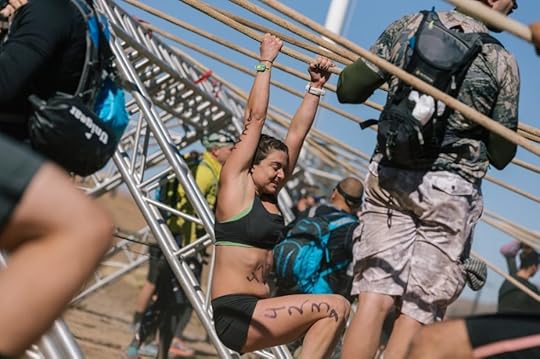
View Larger Image
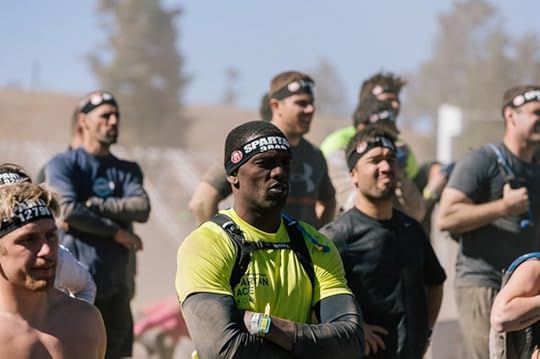
View Larger Image
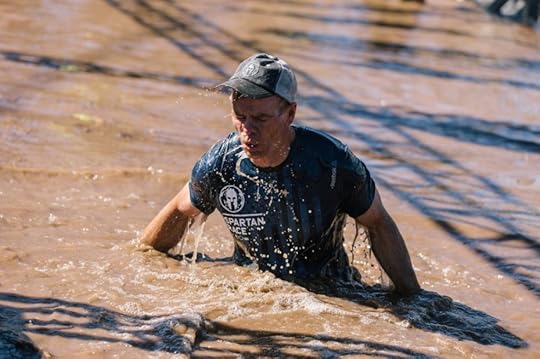
View Larger Image
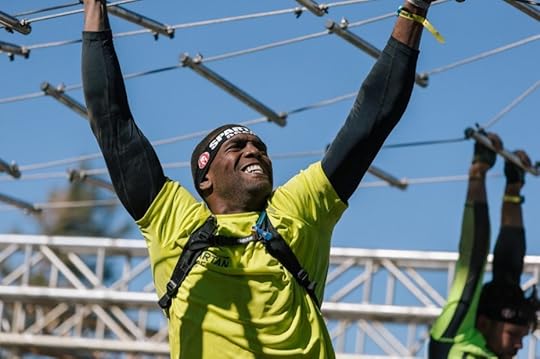
View Larger Image
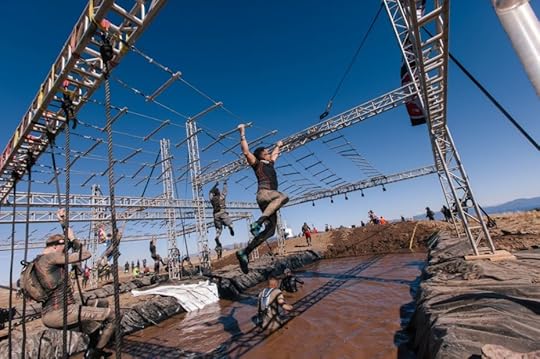
View Larger Image
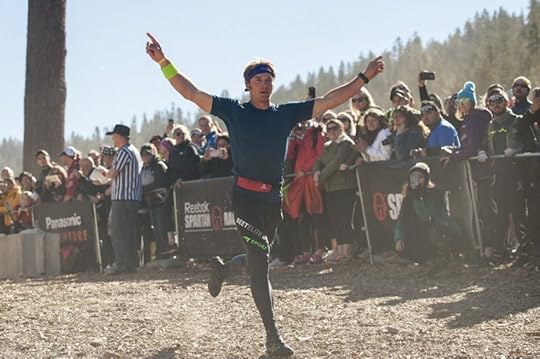
View Larger Image
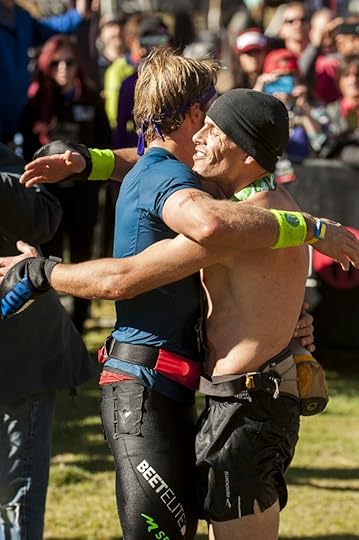
View Larger Image
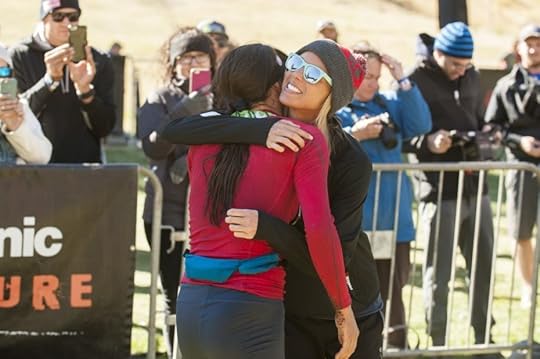
View Larger Image

View Larger Image
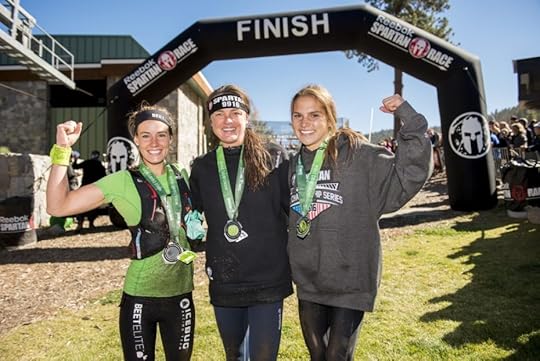
View Larger Image


More Galleries
The post Photos: 2016 Spartan Race World Championships in Lake Tahoe appeared first on Competitor.com.
Photos: Football Legend Randy Moss Completes Spartan Race Trifecta
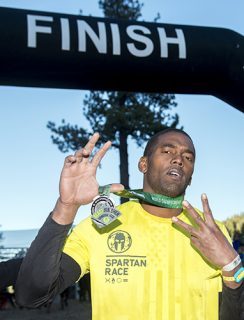
Pro football legend Randy Moss was known for his supreme athleticism when he played on the gridiron. The 39-year-old future NFL Hall of Famer put his speed, strength and stamina to the test on Oct. 2 during the Spartan Race World Championship weekend in North Lake Tahoe, Calif. Moss completed a Spartan Trifecta, which means he tackled three different types of Spartan Races (Sprint, Super and Beast) within a calendar year. He had previously completed a Sprint (3+ miles/ 20+ obstacles) in Charlotte and a Super (8+ miles/ 25+ obstacles) in Asheville, N.C., and competed in the open division of the Beast (12+ miles/30+ obstacles) in Lake Tahoe. He finished the course in 6 hours, 43 minutes and 59 seconds, which put him in 1,467th place out of about 4,100 competitors. By Sunday, Moss was in a suit and tie working his job as an analyst for ESPN’s Sunday NFL Countdown. Check out Moss in action in the photos below!
RELATED: Photos and Results from the 2016 Spartan Race World Championship
Photos: Courtesy of Spartan Race
Photo Gallery
1 of {count}
Back to Start
View Larger Image

View Larger Image
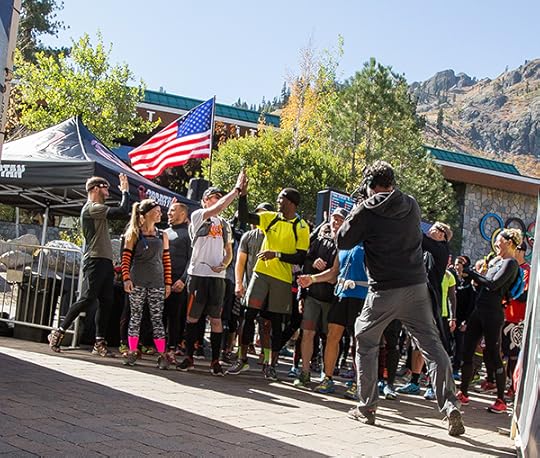
View Larger Image
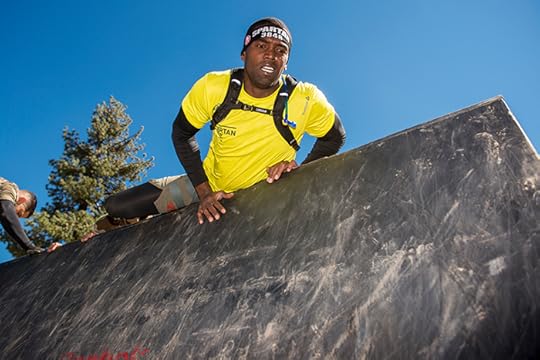
View Larger Image
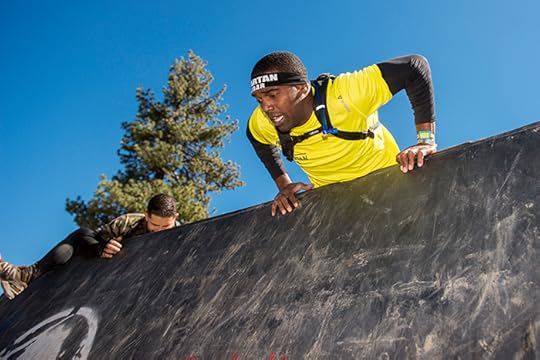
View Larger Image
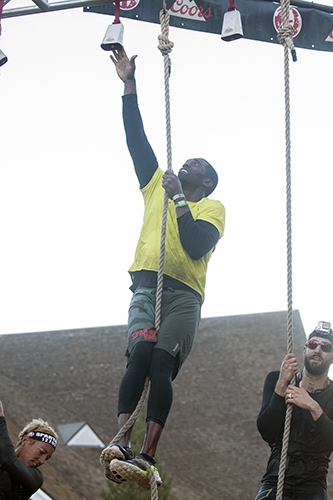
View Larger Image
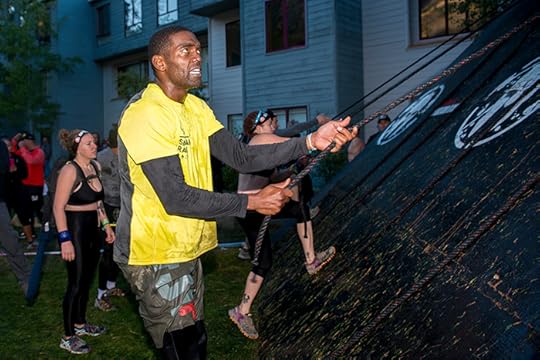
View Larger Image
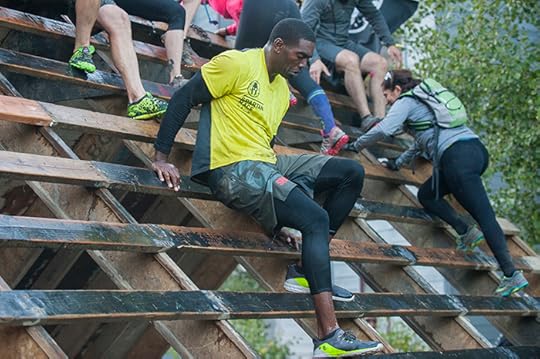
View Larger Image

View Larger Image
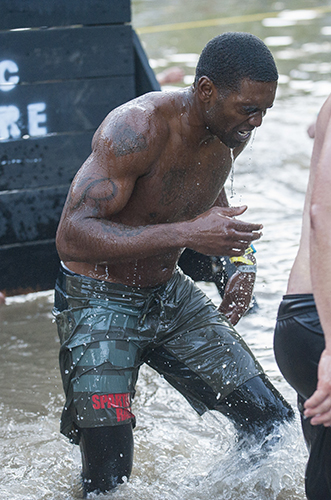
View Larger Image
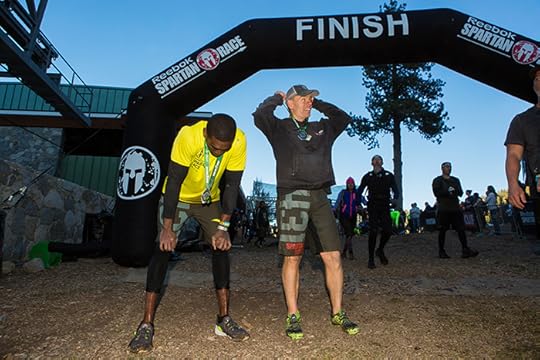
View Larger Image

View Larger Image
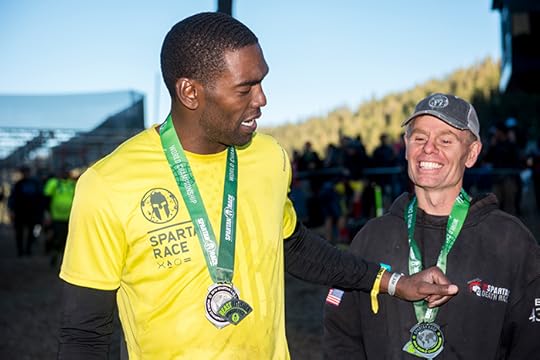
View Larger Image
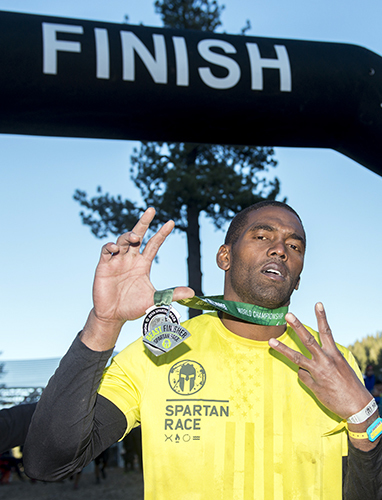
View Larger Image


More Galleries
The post Photos: Football Legend Randy Moss Completes Spartan Race Trifecta appeared first on Competitor.com.
Stay Visible With the Brightest Night Running Gear
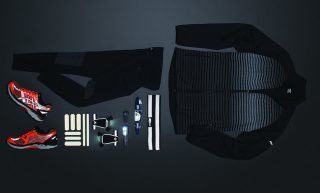
Days may be getting shorter, but that doesn’t mean your dawn and dusk runs need to do the same. Instead, it comes down to being safe and prepared. With the right gear, including lights to help you see the way and reflective gear so others can see you, running in the dark can add an adventurous element to your training.
Photos: Oliver Baker
Photo Gallery
1 of {count}
Back to Start
View Larger Image

Saucony Sonic Reflex Jacket, $135
Front and back reflective details hide in plain sight until they are illuminated by oncoming lights—then they turn into bold reflective panels with 360 degrees of visibility. Treated with a DWR coating, the jacket also delivers wind and rain protection.
View Larger Image
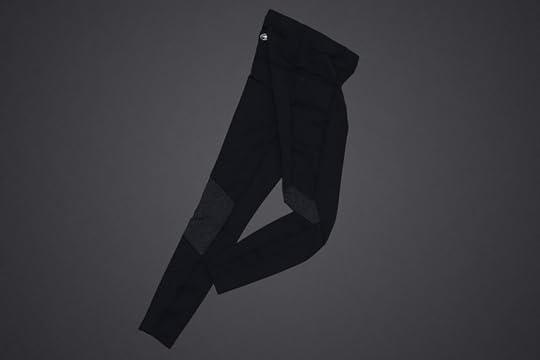
During the day or at the gym, these look like regular tights. But at night, headlights illuminate bright panels of reflectivity for safe running.
View Larger Image

Flipbelt Reflective PT Belt, $33
Add high visibility, 360 degrees of reflectivity and pockets to any running outfit with a soft, stretch belt. Belts are sized XS to XL for a stay-put fit.
View Larger Image
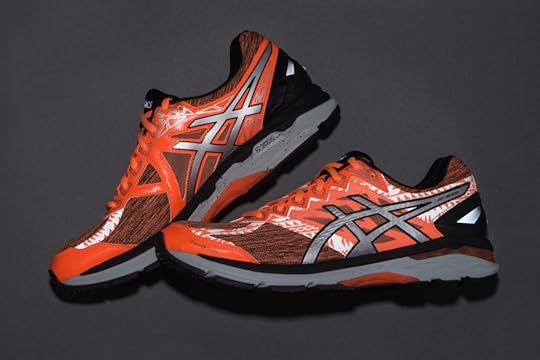
ASICS GT-2000 4 Lite Show, $135
Cushioned comfort is ready for winter running with a weather resistant upper and extra reflective accents. 10 mm drop, 11.2oz men’s (pictured), 9.1oz women’s
View Larger Image

RunLites Sling, $16
For those who aren’t a fan of headlamps, hands-free lights are a creative solution. Wear the overhand design on its own or with gloves in cooler weather. They come in a pair and are rechargeable and weather resistant.
View Larger Image
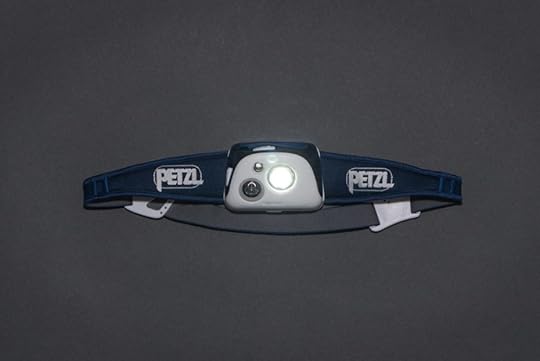
Petzl Reactik, $110
Not only does the rechargeable Reactik+ have 300 lumens and reactive lighting technology that adjusts brightness based upon ambient light, it syncs with the MyPetzl Light app for a quick check of remaining battery life.
View Larger Image

Get 250 lumens of rechargeable brightness at a sweet price with this five-mode headlamp. It’s weather and impact resistant and takes just two hours to charge.
View Larger Image

Brilliant Stick-On Reflective Safety Strips, $10
Add reflectivity to any piece of gear or apparel (like running costumes, packs, water bottles or poles) with easy-to-use reflective tape strips. The tapes come in red, green, blue and black and each package contains 30 square inches.

More Galleries
The post Stay Visible With the Brightest Night Running Gear appeared first on Competitor.com.
Ryan Hall's Blog
- Ryan Hall's profile
- 21 followers



